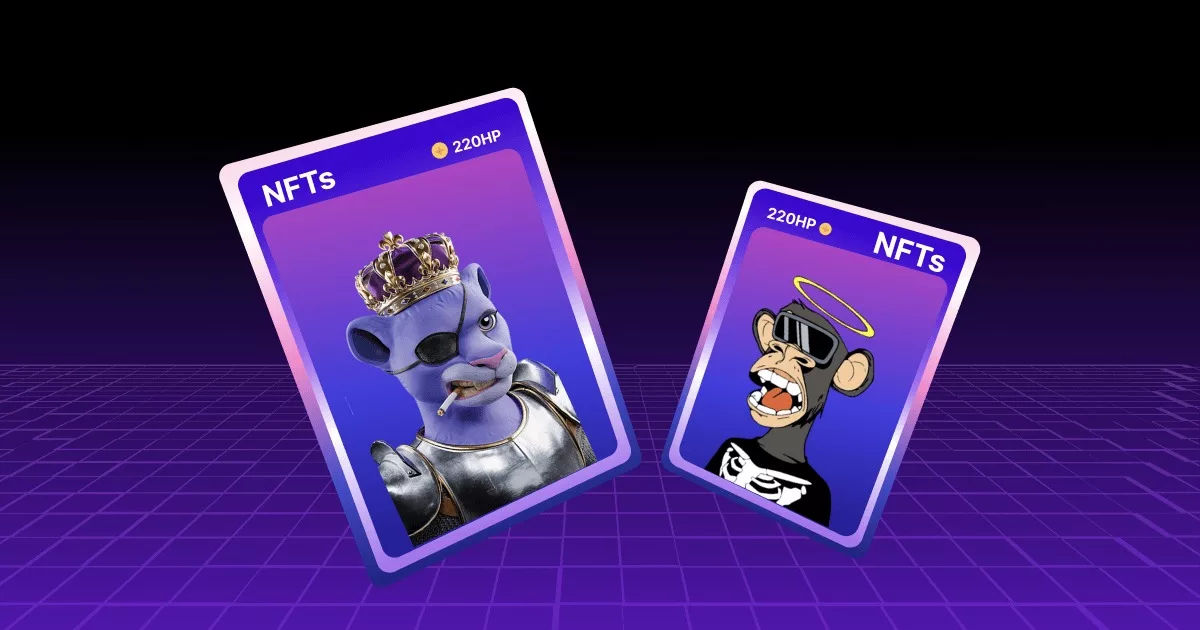In the last few years, the digital world has experienced a profound transformation, particularly with the advent of blockchain technology and its applications. Among the most revolutionary concepts emerging from this technological shift is the Non-Fungible Token (NFT). NFT trading cards, in particular, have surged in popularity, capturing the imagination of collectors and investors alike. This article delves into the intricacies of NFT trading cards, tracing their evolution from traditional collectibles to their current digital incarnation, exploring how they are created, traded, and the challenges faced by this nascent market. We will also highlight notable projects that have defined this space, providing a comprehensive understanding of what NFT trading cards represent today.
What is an NFT Trading Card?
NFT trading cards are digital assets that exist on a blockchain, representing ownership of unique or limited-edition items. Unlike traditional trading cards, which are physical objects, NFT trading cards are verifiable digital tokens that cannot be duplicated or exchanged on a one-to-one basis. Each NFT trading card is distinct, often containing unique artwork, animations, or audio-visual elements, making them collectible in a way that mirrors traditional cards.
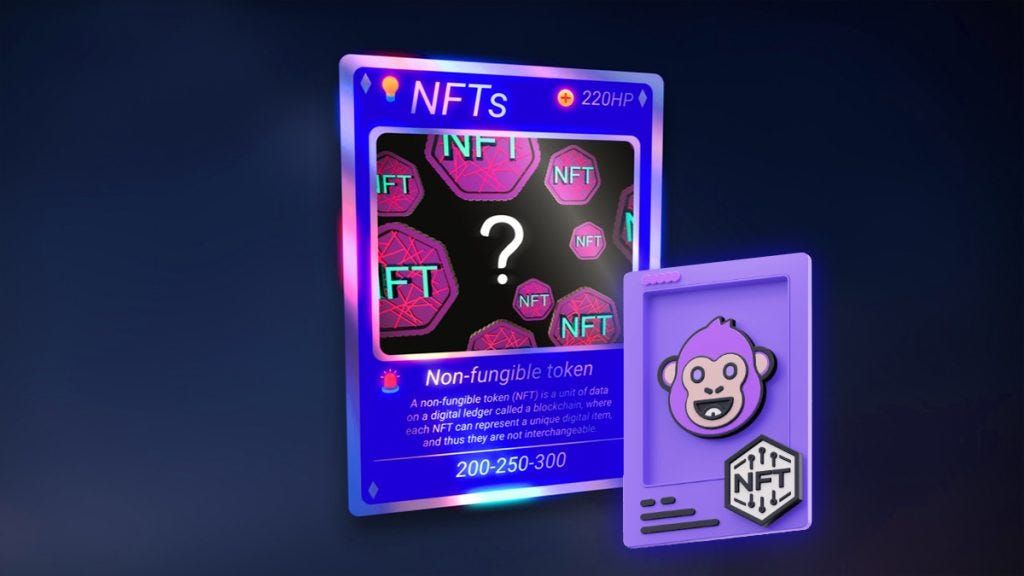
The uniqueness of each NFT trading card is guaranteed by smart contracts on blockchain platforms, typically Ethereum, which record every transaction and transfer of ownership. This technology ensures that collectors can confidently buy, sell, and trade cards with verifiable provenance, enhancing the perceived value of these digital collectibles.
Evolution from Physical to Digital
Traditional Trading Cards:
-
- Late 19th Century: Trading cards are introduced as promotional items, often included with tobacco products and candy to entice buyers.
- 1880s: Baseball cards become popular, featuring images of prominent players and establishing a collector culture.
- 1900s: Other sports, such as football and boxing, begin to feature trading cards, expanding the market.
- 1930s-1940s: The Golden Age of trading cards sees the rise of brands like Goudey and Topps, producing colorful sets that appeal to children and collectors.
- 1950s: The introduction of bubble gum cards, particularly baseball cards from Topps, gains widespread popularity, leading to the creation of iconic sets.
- 1980s: A resurgence in the popularity of trading cards occurs, spurred by nostalgia and the emergence of more structured collecting practices.
- 1990s: The introduction of special editions, holographic cards, and inserts elevates the collectible nature of traditional cards, leading to higher values for rare cards.
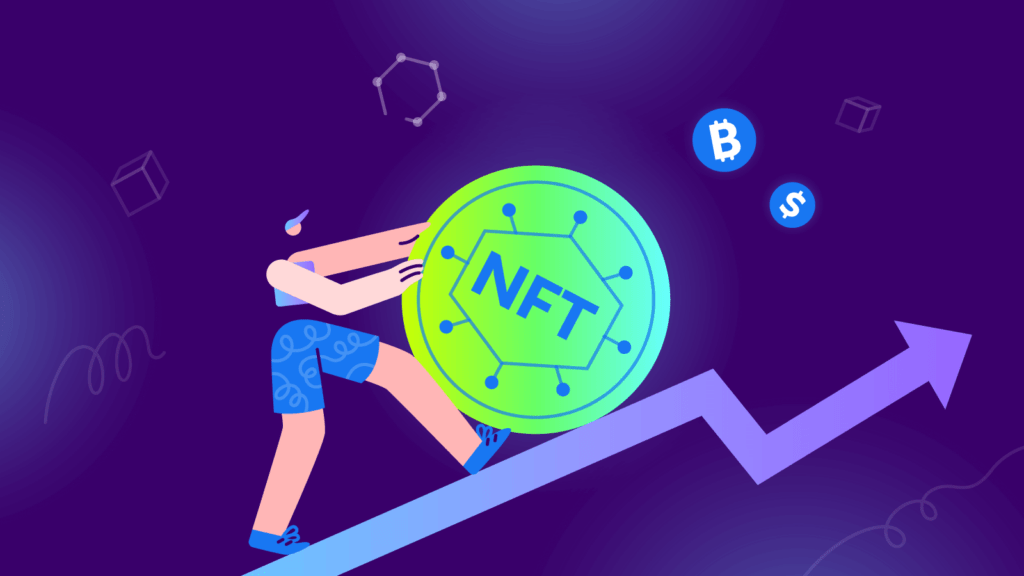
Trading Card Games (TCGs):
-
- 1993: The release of Magic: The Gathering introduces a new genre, blending strategy and collecting, and setting the stage for future TCGs.
- 1996: Pokémon Trading Card Game launches, quickly becoming a global phenomenon, appealing to both children and adult collectors.
- 1999: The introduction of Yu-Gi-Oh! Trading Card Game captures a massive audience, further popularizing TCGs and leading to competitive play.
- Early 2000s: TCGs begin to diversify, with titles like Versus System and Naruto Card Game emerging, catering to different fan bases.
- 2005: The rise of online play for TCGs, allowing players to compete and trade digitally, broadens access and engagement.
- 2010s: Continued evolution of TCGs with expansions and spin-offs, leading to a robust competitive scene and dedicated tournaments.
- 2020s: Integration of digital platforms for TCGs, like Arena for Magic: The Gathering, enhances accessibility and attracts a younger audience, while maintaining the essence of physical card collecting.
Digital Trading Cards:
-
- 2000s: Online marketplaces like eBay revolutionize the buying, selling, and trading of physical cards, allowing collectors to connect globally.
- 2010s: The concept of digital trading cards gains traction with platforms that digitize traditional cards, offering a new way to collect.
NFT Trading Cards:
-
- 2017: The launch of CryptoKitties introduces the first NFTs, showcasing the potential of blockchain for creating unique digital collectibles.
- 2020: Platforms like NBA Top Shot and Sorare emerge, allowing fans to buy, sell, and trade officially licensed digital trading cards, merging traditional collecting with digital ownership.
- 2023: The NFT trading card market continues to expand, attracting a diverse range of collectors and creators, and evolving with new features and integrations.
Understanding NFT Trading Cards
To fully appreciate NFT trading cards, it’s important to understand their unique characteristics and market dynamics.
Key Features of NFT Trading Cards
- Scarcity: Each NFT trading card is designed to be unique or part of a limited series, which creates scarcity and enhances value. The fewer the cards available, the higher the potential demand.
- Provenance: Blockchain technology records the entire history of an NFT trading card, including its creation, previous owners, and sales. This transparency establishes trust and authenticity, making it less likely for collectors to encounter counterfeit cards.
- Interactivity: Many NFT trading cards are designed to be more than static images. They can include animations, sound, and interactive features, providing a richer experience compared to traditional cards.
- Community Engagement: NFT trading cards often come with built-in community features, allowing collectors to interact, trade, and engage in activities such as virtual events or competitions.
The Market Dynamics

The value of NFT trading cards is influenced by several factors:
- Rarity and Demand: Cards that are rare or feature popular characters or moments tend to command higher prices. For instance, a limited edition card of a famous athlete may attract significant bids in an auction.
- Cultural Significance: Cards that capture iconic moments in sports, entertainment, or pop culture often generate interest due to their historical value. Collectors are drawn to cards that resonate with their personal interests and experiences.
- Creator Reputation: The background and reputation of the artist or brand behind the card can significantly affect its value. Well-known creators or brands often have a loyal following, which can drive up demand for their releases.
How to Make NFT Trading Cards
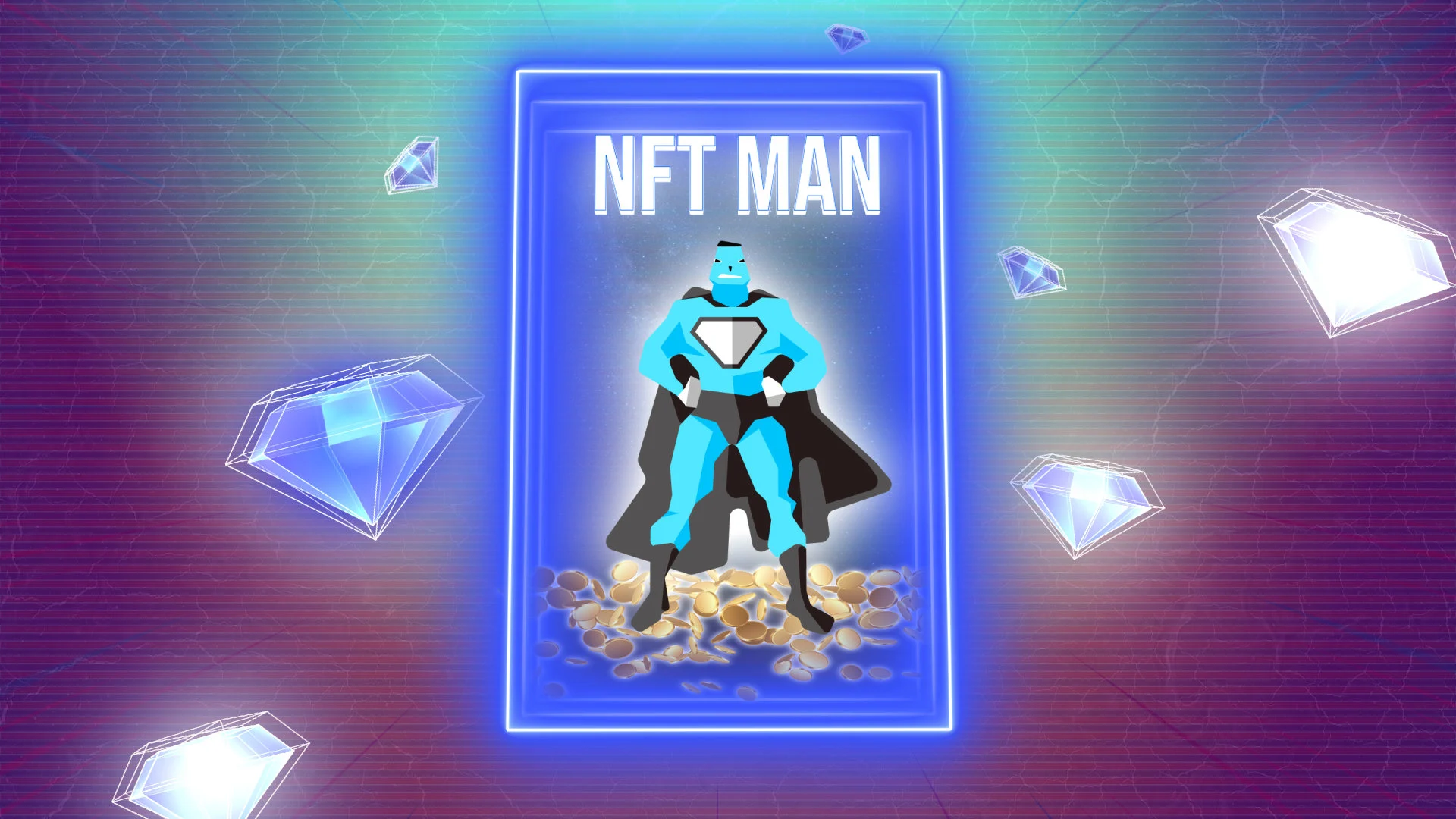
Creating NFT trading cards involves a series of steps, combining creativity with technical know-how. Here’s a detailed guide to get started:
1. Conceptualize Your Card
Identify the theme and content of your trading card. Decide whether you want to focus on sports, fantasy, pop culture, or original artwork. Consider what would appeal to potential collectors and what niche you want to target.
2. Design the Card
Using graphic design software (like Adobe Illustrator or Canva), create the visual elements of your card. This includes the artwork, layout, and any text or statistics you want to incorporate. Make sure your design is unique and engaging. Consider creating multiple variations to appeal to different collectors.
3. Choose a Blockchain
Select a blockchain for minting your NFT. While Ethereum is the most popular choice, other blockchains like Binance Smart Chain, Flow, and Polygon offer NFT capabilities. Each has its own advantages in terms of transaction speed, cost, and community.
4. Mint Your NFT
To mint your NFT, use a platform such as OpenSea, Rarible, or Mintable. Here’s a simplified process:
- Create a digital wallet compatible with your chosen blockchain.
- Upload your artwork and metadata (title, description, properties).
- Pay the required gas fee to complete the minting process. This fee varies based on blockchain congestion.
5. List for Sale or Trade
After minting, you can list your NFT for sale on your chosen marketplace. Set a competitive price based on market research and your desired sales strategy—whether it’s a fixed price, auction, or reserve price. Promote your NFT through social media and relevant online communities to attract potential buyers.
How to Trade NFT Trading Cards

Trading NFT trading cards can be an exhilarating experience, combining strategy, market awareness, and community interaction. Here’s how to navigate the trading process effectively:
1. Research Market Trends
Understanding the market is crucial for successful trading. Stay updated on trends by following relevant news sources, social media accounts, and forums dedicated to NFT trading cards. Track which cards are gaining popularity and what collectors are actively seeking.
2. Build Your Collection
Start by acquiring cards that align with your interests. Diversify your collection by exploring different artists, themes, and genres. This not only enhances your enjoyment but also increases your trading options, as you can offer cards from various categories.
3. Use Established Marketplaces
Choose reputable NFT marketplaces to trade your cards. OpenSea and Rarible are popular options that offer user-friendly interfaces and community features. Familiarize yourself with each platform’s fee structure, trading options, and community guidelines before engaging.
4. Engage with the Community
Participating in online communities is vital for successful trading. Join Discord servers, Reddit threads, and social media groups focused on NFT trading cards. Engaging with fellow collectors can lead to valuable insights, potential trades, and a deeper understanding of market dynamics.
5. Execute Trades
When trading, communicate openly with other collectors. Negotiate terms and agree on card values, ensuring transparency in the process. Consider offering cards directly or negotiating cash transactions, depending on what both parties prefer. Building a reputation for honesty and fairness can enhance your trading relationships.
Challenges in the NFT Trading Card Market
While the NFT trading card market presents exciting opportunities, it also faces several challenges that collectors and creators must navigate:
1. Market Volatility
The NFT market is characterized by rapid price fluctuations. Cards that were once considered valuable can experience steep declines in price, often driven by trends and speculation. This volatility poses risks for collectors, particularly those investing large sums.
2. Environmental Concerns
The environmental impact of blockchain technology, particularly with proof-of-work systems like Ethereum, has sparked debate. Critics argue that the energy consumption associated with NFT transactions contributes to climate change. While initiatives to move toward more sustainable models are underway, this remains a contentious issue in the NFT space.

3. Copyright and Ownership Issues
As the NFT market expands, issues surrounding copyright and intellectual property rights have become increasingly prominent. Artists may find their work tokenized without permission, leading to legal disputes. Establishing clear ownership and licensing rights is essential for maintaining trust within the community.
4. Platform Reliability
Not all NFT marketplaces are created equal. Some platforms have experienced technical issues, security breaches, or lackluster customer support. Collectors must conduct thorough research to choose reliable platforms that prioritize user security and service.
5. Over-saturation of the Market
The influx of creators entering the NFT space has led to concerns about market saturation. With countless NFT trading cards available, collectors may struggle to identify valuable pieces amidst a sea of options. This oversupply can dilute demand and make it harder for individual cards to retain value.
Notable NFT Trading Card Projects
Several NFT trading card projects have emerged as pioneers in this exciting space, each contributing to the evolution of digital collectibles:
1. NBA Top Shot
NBA Top Shot has become one of the most recognized NFT trading card platforms, allowing fans to buy, sell, and trade officially licensed NBA highlight moments. Each “Moment” is a unique digital collectible that captures a specific play, complete with statistics and player details. The platform’s success stems from its combination of fandom, exclusivity, and community engagement, with some moments selling for hundreds of thousands of dollars.
2. Sorare
Sorare merges the worlds of fantasy soccer and NFT trading cards. Players collect officially licensed digital cards of soccer players to create fantasy teams and participate in global tournaments. The platform has attracted major partnerships with soccer leagues, allowing collectors to build teams based on real-world player performances, thus adding a gamified layer to the collecting experience.
3. Topps MLB NFTs
Topps, a well-established name in the trading card industry, has embraced the digital age with its MLB NFTs. Their collections feature rare digital cards that capture iconic moments in baseball history, providing fans with a modern twist on traditional collectibles. The partnership with Major League Baseball ensures that Topps’ NFTs hold significant cultural relevance.
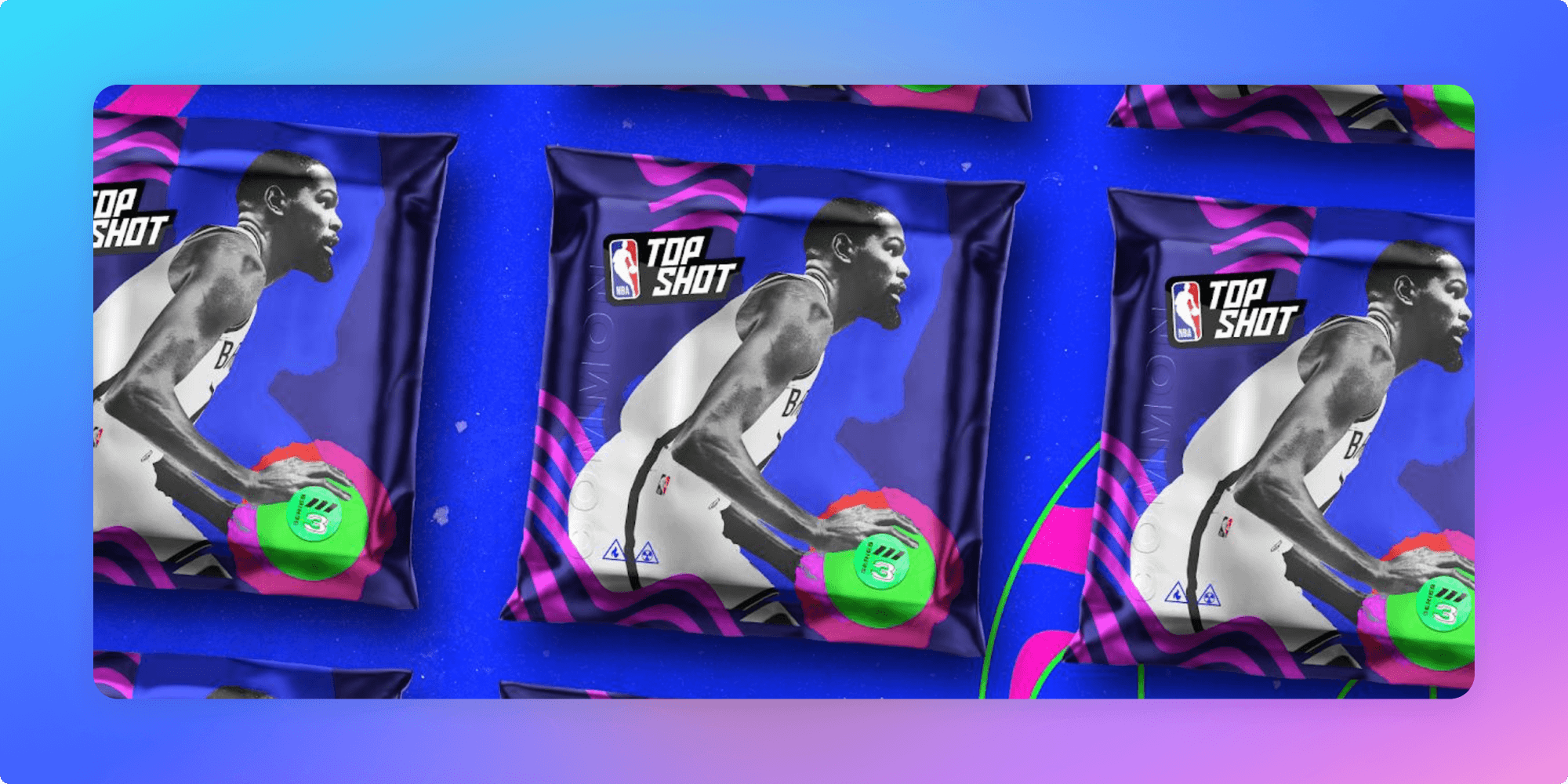
4. Garbage Pail Kids
The beloved Garbage Pail Kids franchise has transitioned into the digital realm, offering NFT trading cards that celebrate its quirky characters. These NFTs appeal to both nostalgic collectors and new fans, combining the charm of the original cards with the benefits of digital ownership.
5. Alien Worlds
Alien Worlds represents a unique blend of gaming and NFT trading. Players can explore a digital universe, mining for Trilium (the in-game currency) and trading unique NFTs representing planets, tools, and other assets. The project exemplifies the innovative potential of NFT trading cards, offering a dynamic and interactive experience for collectors and gamers alike.
Conclusion
NFT trading cards embody a transformative evolution in the world of collectibles, merging art, technology, and community in unprecedented ways. As we navigate the complexities of this digital landscape, it is clear that NFT trading cards offer more than mere digital assets; they represent a new frontier for creativity, ownership, and fandom.
Despite the challenges that lie ahead—such as market volatility, environmental concerns, and copyright issues—the potential for innovation and growth in the NFT trading card space is immense. For collectors and creators alike, engaging with this vibrant ecosystem provides opportunities for expression, investment, and connection.
As we look to the future, the world of NFT trading cards invites exploration and participation. Whether you are a seasoned collector or a curious newcomer, the digital age of trading cards promises to reshape how we connect with our favorite moments, characters, and communities. Embrace the journey, and discover the possibilities that await in this exciting new realm of collectibles.
Read more: INVESTMENT OPPORTUNITIES WITH NFT SPORTS

